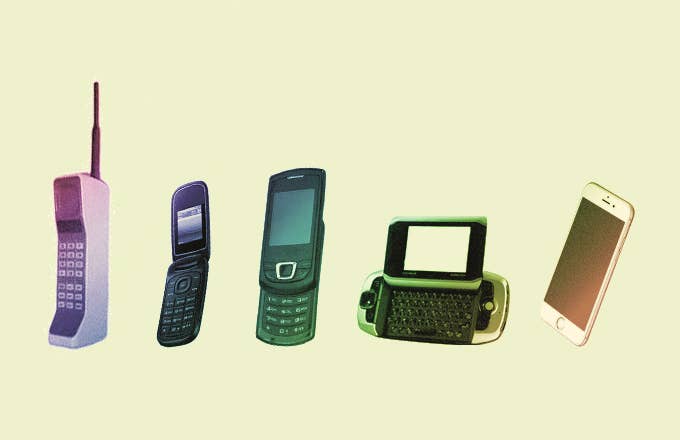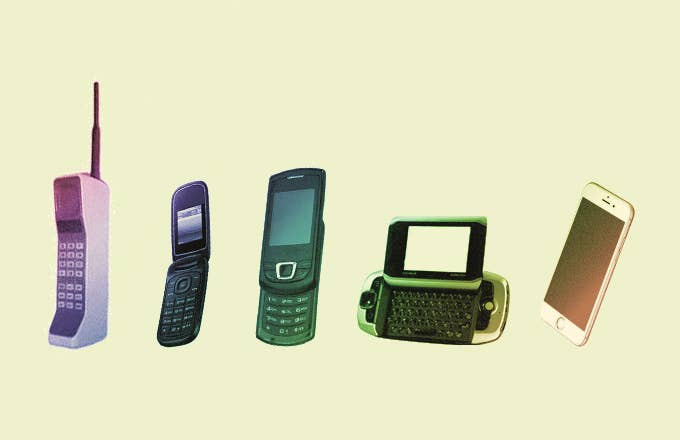
With all the talk about the wonders of peak TV and the struggles to keep everything from plots and casting to sex and battle scenes looking as authentic and relatable as possible, the place where television auteurs routinely fail is in the realism of the shows’ very props that, in real life, are increasingly becoming the outlets their audiences use to watch their work: cell phones and computers.
“For me, it’s the little things that really matter, like there’s no dial tone and phones don’t make a beep when you hang up,” says Blindspot creator Martin Gero, who strives to put as much real-world authenticity as possible into his NBC series about a mysteriously tattooed woman who helps the FBI solve crimes after being found naked and with no memory in a duffle bag in Times Square. “There’s these little things that start to make it feel like it’s not your phone. There’s a couple secure phones that we have our own operating system on, but for the most part we’re using the Windows or Android or iOS—just making it feel like the real world.”
This season, special agent Edgar Reade will get an Apple Watch because Rob Brown, the actor who plays him, has one and it seemed within the realm of the show that a character would be communicating that way.
“For us, I don’t think there’s anything alienating about getting an alert on your watch or your phone or your computer,” says Gero.
Gero is right to obsess over these details. TV shows and movies have long been mocked for their inabilities to capture the authenticity of the First World’s most beloved possessions; opting to zoom in over large and unnatural-looking type or hover over awkwardly paused hands on keyboards to quickly show (and not tell) a situation. The result creates an unintentionally laughable moment that takes an audience with an already limited attention span out of a story.
One of the biggest offenders of this odd problem was Showtime’s Dexter, which had its titular vigilante serial killer using the most ridiculous Nokia ever seen. Elsewhere, despite being young and hip Upper East Siders, the kids on Gossip Girl sure did have big and awkward fonts on their cell phone screens (which didn’t stop fans from culminating a list of all mobiles used on the show). And, Gero recently re-watched some of his now-defunct CW soap, The L.A. Complex, which premiered in 2012. He was shocked at how dated it looked, just four years later.
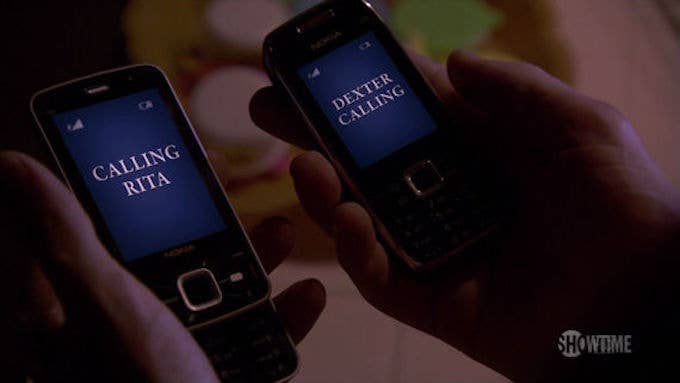
As technology continues to advance more rapidly than television shows can be produced, the pressure is on producers of modern-set fare to not look dated immediately upon airtime. This is particularly a problem for USA hacker drama Mr. Robot, a series that, naturally, attracts cyber savants who watch and gleefully poke holes in its plots and props.
“The screens you see on the show are, a lot of times, tweaked and refined all the way up until a couple of days before they air,” says Mr. Robot tech advisor Ryan Kazanciyan. “What’ll happen is they’ll write the script and have the hacking scene and then, months before and during the shoots, we go back and forth and tweak them. Then, the animators take some time to put it together and by the time the animator puts it together, they might make a mistake and they have to patch in little fixes.”
Attention to coding minutia is so strong among the Mr. Robot writers and crew that Kazanciyan said they went back and fixed a hacking scene from this season that showed “a space missing between two characters.”
“They want every single screen to stand up to the scrutiny of all the enthusiastic security and technology-minded fans that can immediately spot when something’s wrong,” Kazanciyan said.
But, left in less-educated hands, an episode or film that relies so strongly on poorly designed technology is bound to self-combust.
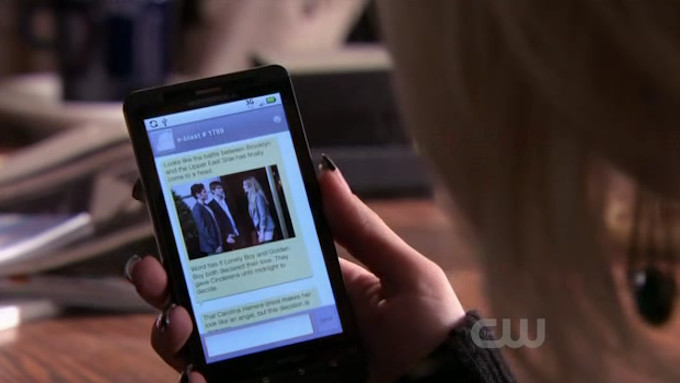
“It’s pretty funny to see how bad many of the depictions of hacking are,” says Kazanciyan, citing the film Sneakers for acing this challenge and the much-lamentedNCIS as not so much. “Set aside the technical piece of it, for me the thing that’s also important is that hacking and technology on shows isn’t just a deus ex machina plot device. That happens a lot of times: characters encounter a problem, one of the characters knows computers and they sit down and they encounter some silver bullet and everything is fixed.”
Blindspot has had its share of cyber-related storylines, but sometimes it’s easier to just go old school with technology. Gero says the crew actually has a few old payphones which, because they film in and around New York, can realistically be placed on streets. Or, even better, he says, “our entire team [of characters] has these magical headphones where, when they’re in the field, they can communicate with each other and we don’t discuss how or where.”
“They’re FBI; they’re able to keep in touch,” he says, stating what we hope is the obvious in both fact and fiction. “If the Gap can do it, the FBI can.”
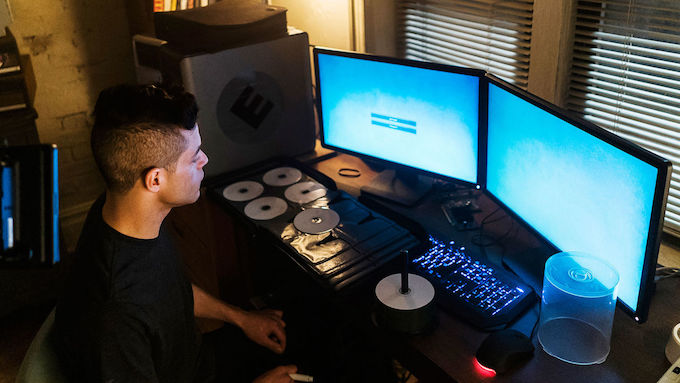
Tom Cahill, a longtime property master who’s worked on shows like Crazy Ex-Girlfriend and CSI, says he “rarely uses cell phones practically.”
“We program the phones to do what we want them to do,” he explains. “If we get a phone call coming in, typically we’ll just do a graphic. Or sometimes we do what is called burn ins: In our industry a lot of times, we always shoot what’s supposed to be on the TV or the phone or whatever after we shoot the TV.”
He says his department members will also walk actors through the phone’s commands ahead of time “and show them all the functioning of the phone—you want to push this button here and want to swipe here.”
As far as the matter of whether the phone is actually held correctly? Well, that’s another story.
“That’s up to the actor,” he says, adding hopefully, “They should be able to act.”

